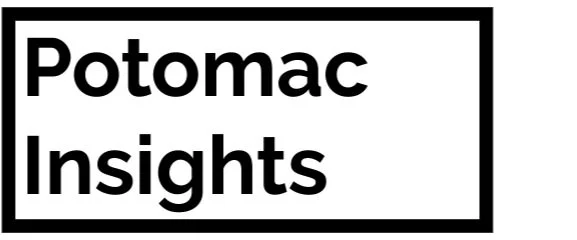Beyond the Balance Sheet: Is Your Next Acquisition's Competitive Advantage Built to Last?
In any acquisition, you're not just buying a company—you're buying its position in the market. You're paying a premium for its unique ability to outperform rivals, whether that's through a beloved brand, lower costs, or superior technology. This is its competitive advantage.
But in the rush of a deal, a critical question is often overlooked: Is that advantage real, sustainable, and scalable? Or is it a mirage built on a brittle foundation of aging technology, key person dependencies, and hidden operational risks?
Standard financial diligence can't answer this. A true assessment requires digging into the technological and operational bedrock that underpins every form of competitive advantage. Before you close, you must scrutinize the three primary types.
1. Demand Advantage: Is Customer Loyalty Real or Rented?
A target with a Demand Advantage has customers who crave its products over the competition's. In diligence, we investigate the technology that sustains this loyalty.
What you see: A powerful brand, high customer retention, and "sticky" products.
What we investigate: Is their customer data managed in a modern CRM, or is it scattered across spreadsheets, making insights impossible to glean? Is their "unique feature" built on a scalable, modern platform, or is it a legacy feature on an unsupported system? Are there high switching costs because the product is excellent, or simply because the data export process is broken?
2. Supply & Scale Advantage: Is Efficiency a Feature or a Fluke?
A target with a Supply or Scale Advantage leverages its processes, intellectual property, and size to operate more efficiently than its rivals. We pressure-test the technology that enables this efficiency.
What you see: Lower operating costs, strong profit margins, and the ability to negotiate better deals with suppliers.
What we investigate: Is their "streamlined process" powered by a well-integrated ERP system, or is it dependent on a single employee who built a complex web of macros? Does their Intellectual Property include defensible patents, or just a trademark on a product built with common off-the-shelf components? Can their infrastructure actually support the growth you've modeled, or will it require a multi-million dollar overhaul on Day 1?
Why IT Diligence is the Key to Validating Competitive Advantage
In today's market, technology is not a department; it is the engine behind nearly every durable competitive advantage. Overlooking the health of that engine during diligence is a direct threat to your deal's ROI.
Our M&A diligence process goes beyond the checklist to answer the critical questions:
Is the advantage sustainable? We assess if the target's core technology is modern, well-documented, and managed by a capable team.
Is the advantage scalable? We determine if the infrastructure and software can handle your growth plans without breaking.
Is the advantage secure? We uncover hidden cybersecurity and data privacy risks that could create massive liabilities post-close.
From Diligence to Integration: Protecting the Asset You Bought
Identifying a durable competitive advantage is only half the battle. A chaotic post-merger integration can destroy the very value you just acquired. Key technical staff leave, fragile systems break under new demands, and culture clashes halt progress.
Our Post-Merger Integration (PMI) planning ensures that the unique technological and operational strengths of the acquired company are protected, nurtured, and amplified as part of the new, combined entity. We build the roadmap to ensure the advantage you paid for becomes a cornerstone of your future growth, not a casualty of the transition.
Secure Your Investment
Before you commit hundreds of millions of dollars to acquire a company's competitive advantage, you need certainty that it is real and built to last. Potomac Insights provides the deep-dive IT and operational diligence required to validate your investment, mitigate hidden risks, and ensure the value you see on paper is the value you realize in the market.
